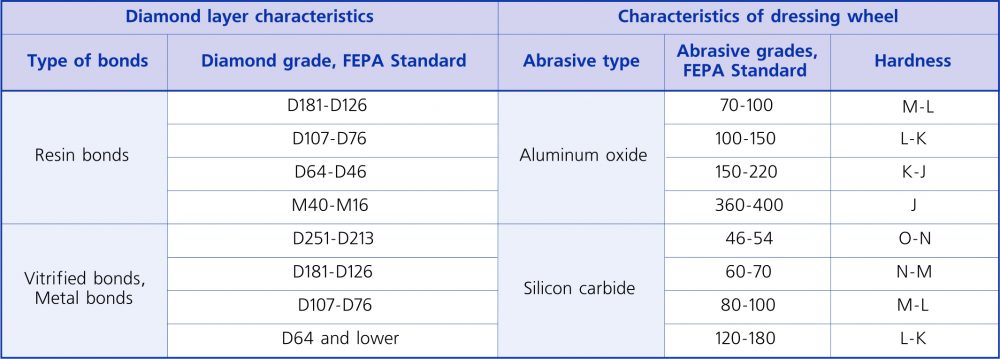michiganbuck
Diamond
- Joined
- Jun 28, 2012
- Location
- Mt Clemens, Michigan 48035
. One might purchase a Royal Oak Tc grinder with an optical comparator for by-hand dressing .050 (or what) radius to a dimond wheel. Also having a brake dresser mounted on an angle plate on the RO for dressing the wheel diameter to get back where the .050 rad could be made.
That would reduce the wheel dressing time to less than an hour.
Having two plate mounted wheels so one could be sent out to restore would reduce wheel dressing time to near zero.
*One can look at a hand derssed radious with a loupe to see that it is round, and check it with a radius gauge to see it is to size.
At my first grinding job I would run hunderds of single point TCT tool bits by hand on a carbide grinder to a .030 Rad with a +- .002 and never got a reject..yes I had better eyes back then.
That would reduce the wheel dressing time to less than an hour.
Having two plate mounted wheels so one could be sent out to restore would reduce wheel dressing time to near zero.
*One can look at a hand derssed radious with a loupe to see that it is round, and check it with a radius gauge to see it is to size.
At my first grinding job I would run hunderds of single point TCT tool bits by hand on a carbide grinder to a .030 Rad with a +- .002 and never got a reject..yes I had better eyes back then.
Last edited:






